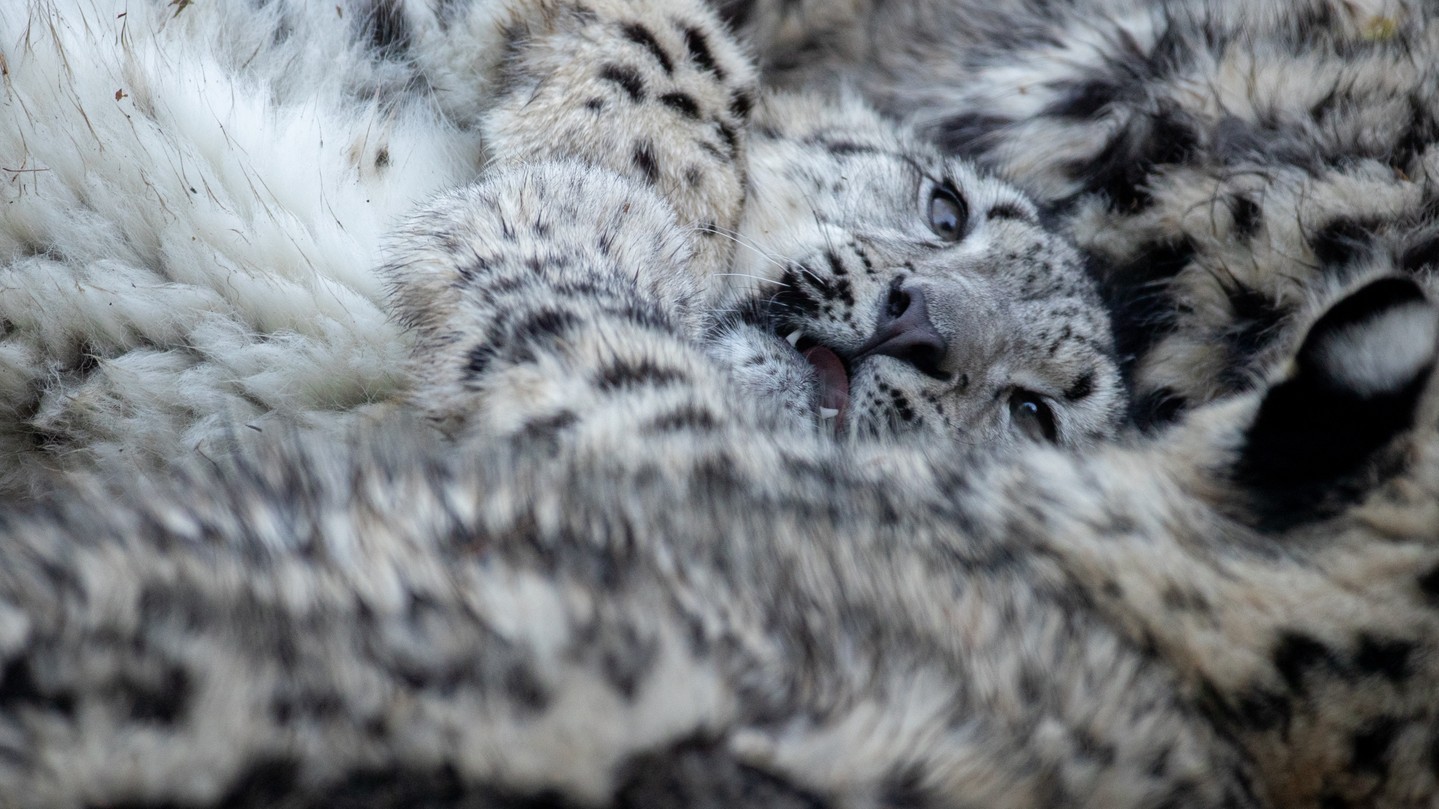- The significance of Peace, love, and snuggles in the context of wildlife conservation and zoology.
- The role of zoology and zoo management in promoting peace and harmonious coexistence among various species.
- The impact of conservation efforts on fostering love and empathy toward wildlife.
- How festive seasons like Christmas and Hanukkah can be integrated into conservation awareness and educational programs.
- Practical examples of initiatives and programs that reflect peace, love, and snuggles in wildlife conservation and zoos.
Wildlife conservation is a multifaceted endeavor that endeavors to preserve biodiversity and cultivate respectful relationships between humans and nature. Within this framework, the philosophies of peace, love, and snuggles offer unique perspectives on how we perceive and engage with the animal kingdom. These concepts, though sounding simple, deeply resonate within conservation efforts, encouraging more compassionate and ethical interactions between humans and wildlife.
The notion of peace in wildlife conservation emphasizes the importance of maintaining harmony within ecosystems. Zoology plays a crucial role in understanding the dynamics and interactions among different species. Biologists and conservationists study animal behaviors, habitats, and interspecies relationships to foster peaceful coexistence. For example, maintaining predator-prey balances ensures that one species does not dominate or threaten the existence of others. This equilibrium is vital for biodiversity, preventing the collapse of ecosystems. Additionally, the creation of wildlife corridors facilitates peaceful animal migration, reducing human-animal conflicts. Such corridors connect fragmented habitats, allowing species to move freely and safely, thereby preserving genetic diversity.
Zoo management is pivotal in promoting peaceful environments for animals in captivity. Modern zoos adopt enriched enclosures that mimic natural habitats, thus reducing stress and promoting natural behaviors. These environments are designed to eliminate boredom and aggression, fostering tranquil living conditions for animals. Educational programs in zoos highlight the importance of peace by showcasing species-specific behaviors and the roles each species plays in larger ecosystems. By educating the public, zoos advocate for policies and practices that contribute to wildlife peace.
Love in the context of conservation translates to empathy and care for all life forms. Undoubtedly, a strong sense of responsibility towards preserving the natural world stems from love. Conservationists work tirelessly to protect endangered species, employing strategies like captive breeding programs and habitat restoration projects. These efforts ensure that future generations can witness the diverse array of life on Earth. A genuine love for animals drives initiatives that cater to their well-being, both in the wild and in captivity.
Zoos serve as platforms for spreading this love, connecting people with wildlife in meaningful ways. The presence of animal ambassadors—certain species that engage with the public—often sparks a newfound affection and interest in conservation. These animal interactions are carefully managed to prioritize the welfare and comfort of the animals, preventing stress and ensuring the safety of both animals and visitors. This connection between humans and animals nurtures a sense of stewardship and motivates individuals to contribute to conservation efforts.
The festive seasons of Christmas and Hanukkah offer unique opportunities to integrate messages of love and conservation into educational programs. During these times, zoos and wildlife organizations can tailor events that emphasize the importance of preserving our natural world. Holiday-themed exhibits and eco-friendly decorations can raise awareness about sustainability and conservation. Moreover, these events can encourage visitors to participate in programs that support endangered species or help fund habitat restoration projects.
Snuggles symbolize comfort and trust, qualities that are essential in human-animal interactions. Building trust between humans and animals is a delicate process, crucial for rehabilitation programs and the reintroduction of species into the wild. For instance, wildlife rehabilitators care for injured or orphaned animals, preparing them for eventual release. This process requires patience and gentle handling, fostering trust and reducing fear in animals. In turn, these efforts contribute to successful rehabilitation and increase the chances of animal survival in their natural habitats.
Within zoos, snuggles can manifest in the careful handling of animals by trained professionals. This handling is necessary for veterinary check-ups, enrichment activities, and educational demonstrations. Ensuring the animals’ comfort through positive reinforcement and gentle techniques diminishes stress and promotes overall well-being. Through these practices, zoos can provide optimal care for their residents, aligning with conservation goals.
To illustrate these principles, there are numerous initiatives worldwide that embody peace, love, and snuggles. Programs like the Jane Goodall Institute’s Roots & Shoots educate young people about conservation, fostering a sense of responsibility and care for the environment. Similarly, zoos such as the Bronx Zoo and San Diego Zoo Global engage in extensive research and breeding programs to save endangered species from extinction.
Another example is the propagation of conservation messages through storytelling and media. Documentaries and social media campaigns raise awareness about wildlife issues, inspiring action and love for nature. These mediums can convey complex scientific concepts in digestible formats, reaching a broad audience and igniting passion for conservation causes.
During festive seasons, zoos often incorporate themes of peace, love, and snuggles into their events, creating family-friendly activities that educate and entertain. These initiatives can involve interactive storytelling sessions, puppet shows, and scavenger hunts that highlight conservation messages. By engaging visitors, especially children, in these experiences, zoos cultivate early interest and understanding of the importance of preserving wildlife.
In summary, the concepts of peace, love, and snuggles extend beyond mere sentiments into actionable strategies for wildlife conservation. Through scientific research, zoo management, and public engagement, these themes permeate diverse efforts aimed at safeguarding our planet’s biodiversity. By integrating these values into everyday practices and educational programs, we can inspire a global commitment to nurturing and preserving life on Earth. Whether through the joyous celebrations of Christmas and Hanukkah or through year-round initiatives, these ideals guide us towards a future where humans and wildlife thrive together.
*****
Source Description
Peace, love and snuggles. Merry Christmas and Happy Hanukkah to all who celebrate!


